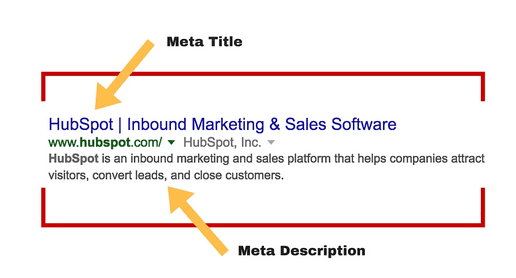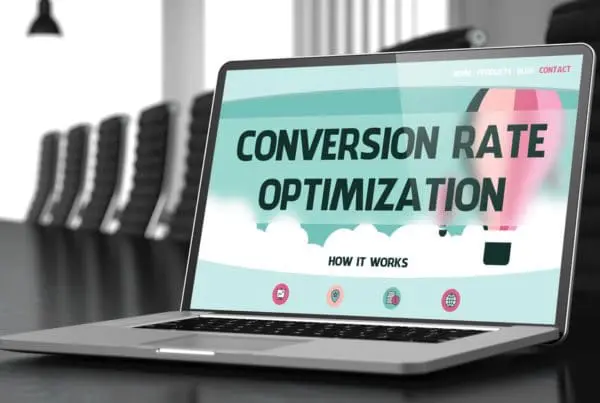You’ve just published the perfect blog on your company’s or client’s website. So now you’re wondering, how am I going to get people to actually read it? Congratulations for developing content to be proud of. Now it’s time to get it read and promoted. Here are 3 best practices to assist with your content promotion:
- Use social media: It is very important to promote your content through social media. According to Pew Research Center, 6 in 10 Americans receive their news via social media. If this is where people are going for information, this is where you need to be posting your awesome content. Whether you are developing content for your company or for a client, a great way to regularly promote it on social media is to use a social scheduling platform (check out How Do You Pick the Best Social Scheduling Platform to choose the right platform for you). These platforms allow you to promote your content and to schedule it all in advance. If you’re promoting a blog and you know you want to promote it often, you should develop a list of varied text and hashtags to go along with your posts. Promote different aspects of your blog, use different phrases to potentially attract a new viewer who may not have been intrigued by your last post.
- Develop strong SEO (Search Engine Optimization): Google and other search engines have their own algorithms for ranking some content higher than others in search results. Search Engine Optimization (SEO) is the process of using what we know about these algorithms to get found and ranked by search engines. If you are posting content to a website, you HAVE to create strong SEO to go along with it. Each page on your website needs to have it’s own meta title. This is what will pop up on search engine results page as the name of your page. I recommend including the company’s name in each meta title. Your pages also need a meta description. The meta description does not contribute to page rankings, but it “helps convince or persuade readers to choose your site,” according to HubSpot. The meta description is the text that is shown under the title on a results page. If you want to see other website’s SEO examples, download the Moz Bar Chrome extension.

- Turn your content into a white paper: “A white paper is a persuasive, authoritative, in-depth report on a specific topic that presents a problem and provides a solution,” says HubSpot. If you are an expert on a particular topic and you begin to realize you have more to say than what would fit in the appropriate length of a blog, I would consider turning that content into a white paper. This can add an additional level of authority for your company and website. If you have a wide range of topics can write about at an expert level, consider developing an entire resource center for your company’s website to show off your expertise. As you continue to produce more blog posts for your company, you can then include a call-to-action at the end of each post that links to one of your white papers to give your reader a greater understanding of the topic you are posting about. Kissmetrics recommends using the same template for each white paper you post. Using terms like ‘free’ and ‘downloadable’ when promoting it will also benefit you.
Having your content rank well and continue to stay relevant isn’t always easy, but if you follow these 3 best practices, your chances of success may be that much greater.




